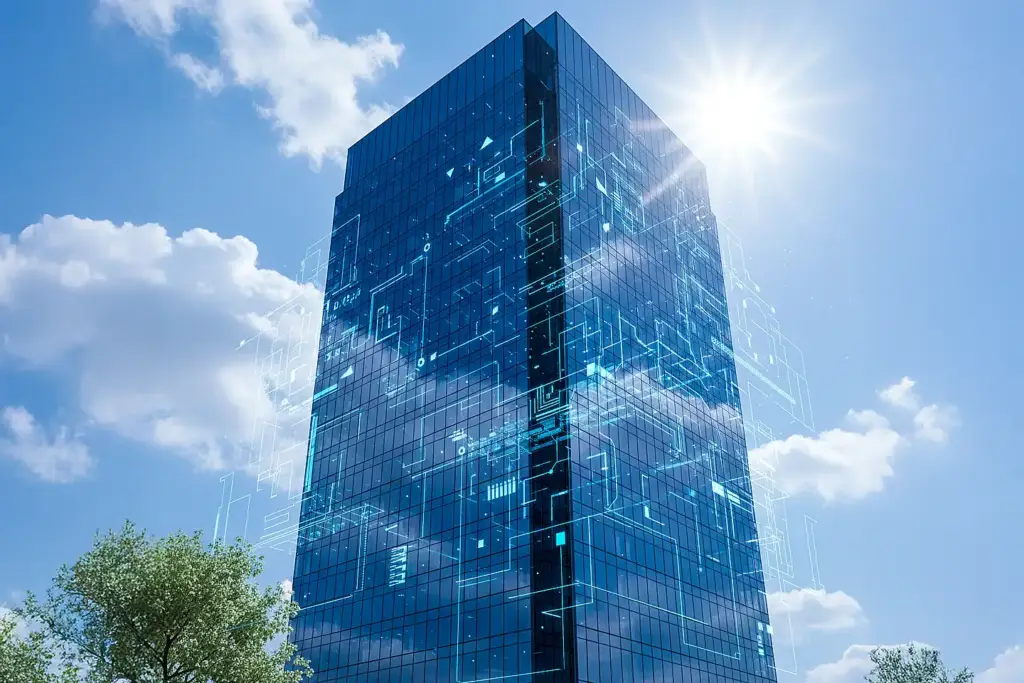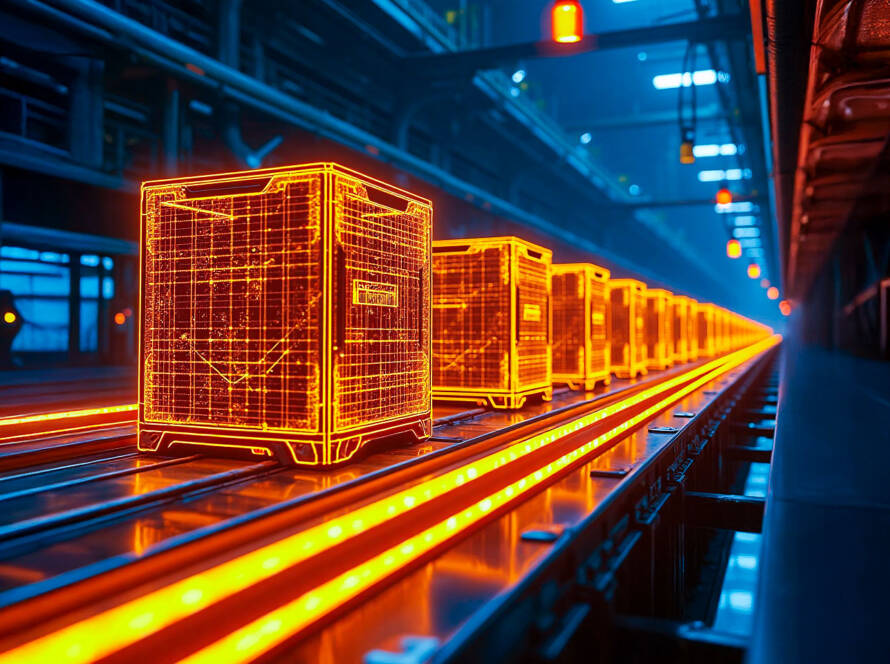The Internet of Things (IoT) and smart green buildings are driving a profound transformation in workplace environments across Hong Kong. As one of the world’s most densely populated and vertical cities, Hong Kong leverages cutting-edge innovations to improve energy efficiency, worker wellbeing, and operational effectiveness, underpinning the city’s ambition to achieve carbon neutrality before 2050.
The Smart Green Building Landscape in Hong Kong
Smart green buildings integrate innovation and technology (I&T) throughout their lifecycle to maximise resource efficiency, enhance occupant comfort, promote sustainability, and build resilience. According to the Hong Kong Green Building Council (HKGBC), key features include:
- IoT-enabled building management systems for real-time monitoring and control.
- Renewable energy integration such as solar and wind.
- Use of sustainable construction materials like low-carbon concrete with recycled content and advanced nanotechnologies.
- Smart water management systems including grey water reuse, rainwater harvesting, and water-saving devices.
- Enhanced building design aided by BIM-enabled digital twins.
- Smart mobility solutions like electric vehicle charging and automated parking [1].
These innovations contribute significantly to sustainability goals while fostering healthier, more productive workplaces.
Hong Kong Government’s Commitment
The government’s Smart City Blueprint 2.0 outlines over 130 initiatives supporting smart buildings, focusing on energy efficiency, retro-commissioning, enhanced infrastructure, and adoption of IoT technologies. Funding schemes such as the Green Tech Fund and Construction Innovation and Technology Fund accelerate innovation adoption [2].
Exemplary Smart Building Projects in Hong Kong
- Zero Carbon Park in Kowloon, a flagship for sustainable design featuring onsite renewable energy, smart lighting, and ventilation systems [3].
- Hong Kong Science and Technology Parks Corporation (HKSTP) and NTT: Partner with local startups to develop innovative smart city technologies such as AI-powered energy optimisation and smart safety cameras using private 5G. This collaboration supports Hong Kong’s smart city initiatives and expands innovations globally [4].
- Swire Properties implements the “Neuron” smart energy management platform employing IoT and AI to control building systems at One Taikoo Place, simultaneously monitoring indoor air quality to enhance occupant wellbeing [5][6].
Energy Efficiency and Impact Supported by Data

According to the Hong Kong: Green Building in Action 2023 Edition report by the HKGBC, BEAM Plus certified projects as of 2023 have collectively reduced approximately 1.28 million tons of carbon emissions annually. This contribution is equivalent to the carbon sequestration of about 56 million trees, reflecting substantial energy and environmental savings achieved by adoption of smart green building practices [7].
Beyond Energy: IoT in Workspace Management
IoT extends its value by enabling:
- Dynamic space utilisation monitoring optimizing workstation efficiency.
- Health-centric features like continuous Indoor Air Quality (IAQ) sensors.
- Predictive maintenance for critical building equipment, reducing downtime.
This fosters workplaces more resilient to hybrid and remote work trends while safeguarding occupant health.
Workforce Readiness Initiatives
The Hong Kong Productivity Council (HKPC) provides practical training programs to help workers and companies adopt Industry 4.0 and IoT technologies. Their courses cover topics like smart manufacturing, AI, digital transformation, and innovation skills. Popular programs include the New Industrialisation and Technology Training Programme (NITTP) and Smart Innovation Leadership. HKPC aims to equip the workforce for the digital future and support enterprises in staying competitive [8].
Conclusion: Embracing the IoT-Driven Future
Hong Kong is paving the way in integrating IoT and smart green building designs to create sustainable, efficient, and human-centric work environments aligned with its 2050 carbon neutrality aspirations. Supported by government policy, substantial investment, and innovative partnerships including HKSTP and Swire Properties, the city exemplifies global excellence in smart and green urban development.
Howood International’s Commitment to Hong Kong’s IoT Future
At Howood International, we are dedicated to advancing Hong Kong’s digital economy through innovative IoT solutions. Our efforts focus on empowering businesses across various sectors — including healthcare, retail, and logistics — to embrace smart, connected technologies that enhance operational efficiency and foster sustainable growth. Through collaboration, research, and deployment of cutting-edge IoT applications, Howood International strives to support the ongoing transformation of the future of work in Hong Kong.
References
- Smart Green Building Design Best Practice Guidebook — Hong Kong Green Building Council
- Hong Kong Smart City Blueprint 2.0 — Government of Hong Kong
- The City of Smart Green Buildings — InvestHK
- Strategic Partnership with HKSTP — NTT Hong Kong
- Smart Energy Management Platform — Swire Properties
- IAQ Monitoring at Swire Properties — Hong Kong Clean Air Network
- Green Building in Action 2023 — Hong Kong Green Building Council
- Smart Innovation Leadership — HKPC Academy
- New Industrialisation and Technology Training Programme (NITTP) — Hong Kong Productivity Council



